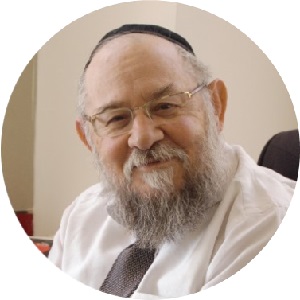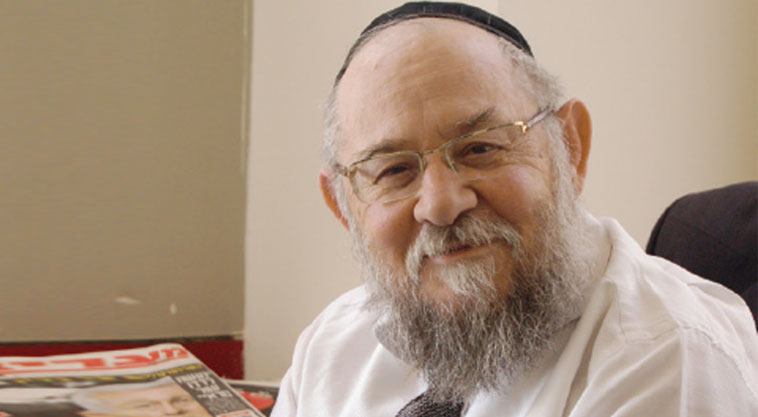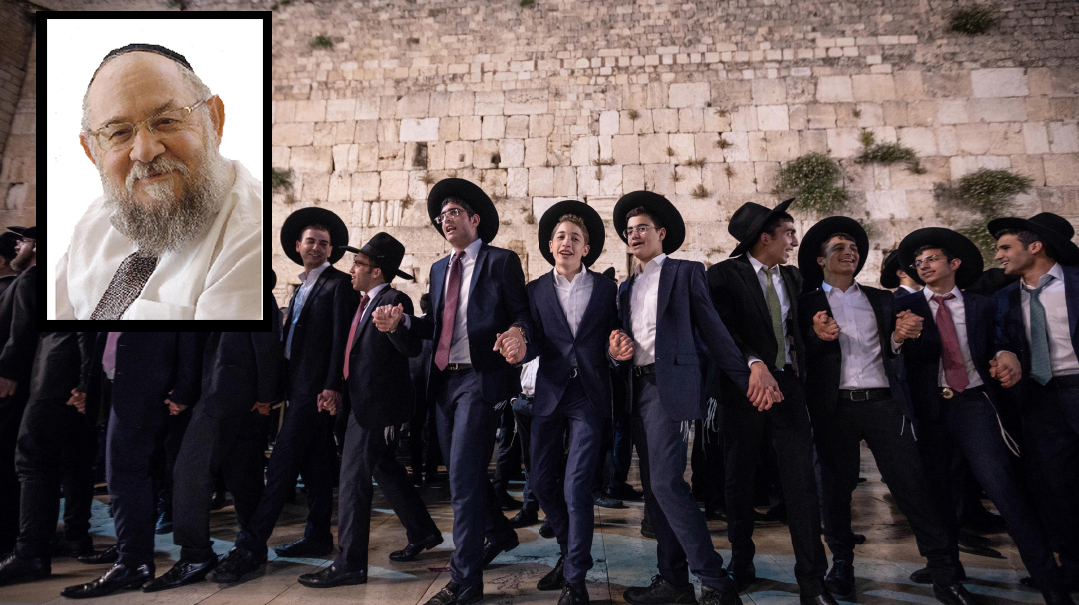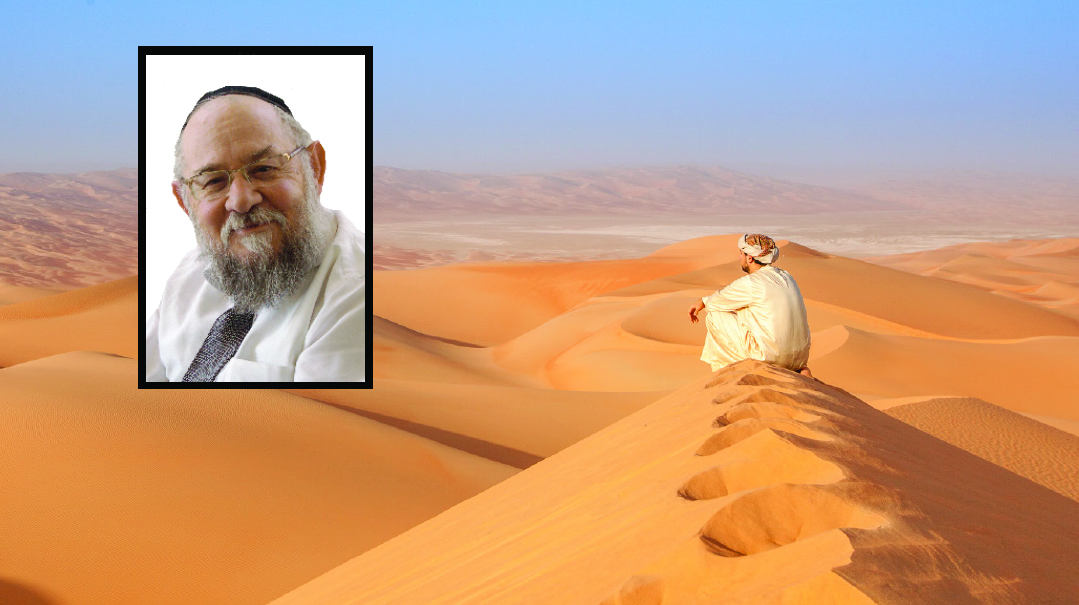Pesach Parade


H ere we are Pesach night about to celebrate our original independence and the forging of our Jewish nationhood. So where are the fireworks the pageants and the speeches? Why don’t we celebrate the most momentous event in our history as the nations of the world celebrate theirs? Or at least the way the State of Israel celebrates its Independence Day? Why not let our joy burst out? Why not gather en masse in the city squares with entertainers on a stage with music dancing and a pyrotechnic show shooting through the night sky leaving trails of blazing color? Why not bring the story of Yetzias Mitzrayim to life in an epic film full of special effects required viewing for all on this night including those under 16? Wouldn’t this stir our souls more deeply than sitting at home with the family chomping on matzah and reading out the Haggadah?
To be honest is there anything really exciting about the Pesach Seder? Granted the house is sparkling clean and the atmosphere is festive and serene with the family gathered around a beautifully set table with Haggados in their hands reading the familiar story for the umpteenth time. We drink the four cups of wine and eat the matzah leaning to the left sit up straight for the maror (while competing for who can eat the biggest chunk of horseradish) open the door for Eliyahu Hanavi and perform various other familiar customs often with a certain sense of self-imposed duress. But where is the drama the action that would take the quiet joy we’re meant to be feeling and make it explode into a burst of and ecstasy and song as would really befit this night of liberation when we recall our first and primal redemption?
It’s a fundamental question: Why indeed do we celebrate Pesach this way each family around its own table quietly going through the familiar motions? As one of the gedolei mussar put it:
“According to our own imagination would it not seem more effective more rousing if every town held a big banquet for the entire community with songs and speeches in honor of the day? It would be even more rousing if they put on a show depicting Yetzias Mitzrayim and in these times we could even use the latest technology to make the show quite spectacular and to show Yetzias Mitzrayim with total realism. This way we would recall the whole story better and we would be more stirred and aroused than we are by eating maror leaning to the left and so on” (Rav Yosef Yehudah Bloch Shiurei Daas vol. I Nishmas HaTorah).
A good question and here is how Rav Bloch answers his own query:
“Contrary to what people usually think it could be that the desired effect is achieved precisely through acts like these which don’t excite us but only leave subtle impressions which then reach the subtler fibers of a person’s soul and awaken them.
“For when we do things that affect us in more visible ways although at the time they may seem to make a big impression on a person and stir him greatly the truth is that they don’t really have that much influence. This is precisely because although they make a strong superficial impression that flashiness stirs a person’s lesser faculties but because the impression is so extensive on the superficial level it never reaches and really penetrates the higher subtler faculties.”
The Torah wants the Divine message embodied in Yetzias Mitzrayim to reach the innermost layers of our psyche to penetrate to the core of our being. If we absorb this message on subconscious levels it will have a transformative influence on our character. Something more elevated more Jewish will trickle in and effect a subtle but lasting change in our personality.
Loud ostentatious pageantry colorful and exciting though it may be does not penetrate deeply; it merely engages the senses. It may elicit cries of approval but it all takes place at the outermost level of the soul. The fireworks that often form a part of such celebrations are an apt symbol for the whole experience: they burst out lighting up the darkness with a sparkling display for an instant and then they are gone — the sky again becoming as dark as it was before. Performers sing songs that get people dancing and in the exhilaration of the moment they forget the message of independence that the song is supposed to be celebrating. If a mammoth film production were to depict Yetzias Mitzrayim the special effects and the quality of the acting would draw our attention and engage our perceptive faculties; it would be an adventure for the senses but would actually block our deep internal awareness of what redemption really is and how it embraces the soul. Yes it would be an exciting experience but all the excitement would be taken up by the conscious portion of our minds leaving nothing for the deeper subconscious levels that nourish our spiritual side.
In contrast the small unspectacular acts that a person does himself without any fanfare or advertising penetrate deep beneath his consciousness. Precisely because they have little sensory impact they pass right through all our critical faculties all our inspection points to the subconscious where their message is absorbed. And although we may feel no immediate influence it is there for the long term. Anyone who has learned about the workings of the subconscious and the power of autosuggestion knows how true this is. Drinking the four kosos which correspond to the four expressions of redemption; eating matzah which represents lechem ani; eating maror and reciting the Haggadah — these acts quietly join forces to achieve the Torah’s goal for this night much more effectively than any “special effects” ever could.
After all we’ve been making the Seder for over 3 000 years and its subtle but unmistakable zeal and excitement is still there. And this year we’ll do it again with the freshness and renewal of a nation that has just experienced redemption again as we forge ahead with our ever-present Pillar of Fire and Cloud of Glory on the path to the Final Geulah.
Chag sameiach. (Originally featured in Mishpacha Issue 655)
Oops! We could not locate your form.




